Table of content
Mastering the Art of Stir-Fried Chinese Yam: A Comprehensive Guide to Preparation, Cooking Techniques, and Creative Variations*
Stir-fried Chinese yam, also known as shān yào in Mandarin, is a beloved dish in Asian cuisine celebrated for its delicate flavor, crisp texture, and impressive nutritional profile. This versatile vegetable, native to East Asia, has been a staple in traditional cooking for centuries, prized for its ability to absorb flavors while maintaining a satisfying crunch. Whether served as a side dish, a main course, or incorporated into soups and stir-fries, Chinese yam offers a culinary experience that is both comforting and healthful. In this extensive guide, we will explore the intricacies of preparing and cooking stir-fried Chinese yam, from selecting the finest ingredients to mastering advanced techniques that elevate this humble vegetable into a gourmet delight.
Chinese yam (Dioscorea polystachya*) is a tuberous root vegetable with a mild, slightly sweet taste and a starchy yet firm texture. Unlike its Western counterpart, the Chinese yam is less mucilaginous and boasts a crisper bite, making it ideal for stir-frying, sautéing, or even raw preparations in salads. Rich in dietary fiber, vitamins C and B6, potassium, and antioxidants, Chinese yam is not only a culinary treasure but also a nutritional powerhouse. Its adaptability in the kitchen allows it to pair seamlessly with a wide array of ingredients, from savory meats and aromatic herbs to vibrant vegetables and tangy sauces.
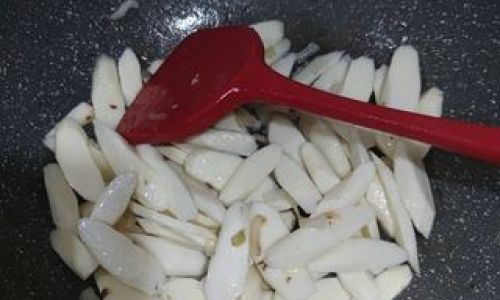
Essential Ingredients for Stir-Fried Chinese Yam
To create a memorable stir-fried Chinese yam dish, gather the following ingredients:
- Chinese Yam (500g): Select firm, unblemished tubers with smooth, tan-colored skin. Avoid specimens with soft spots or excessive moisture, as these may indicate spoilage.
- Aromatics:
- Fresh garlic (4 cloves, minced)
- Ginger (1-inch piece, grated)
- Scallions (3 stalks, thinly sliced)
- Vegetables (optional, for added color and texture):
- Carrots (1 medium, julienned)
- Bell peppers (1 red, 1 yellow, thinly sliced)
- Snow peas (100g, trimmed)
- Proteins (optional):
- Chicken breast (150g, thinly sliced)
- Shrimp (150g, peeled and deveined)
- Firm tofu (200g, cubed)
- Sauces and Seasonings:
- Soy sauce (2 tbsp, light or dark)
- Oyster sauce (1 tbsp)
- Rice vinegar (1 tsp)
- Sesame oil (1 tsp)
- White pepper (¼ tsp)
- Sugar (½ tsp, optional)
- Cooking Oil: Use a neutral oil with a high smoke point, such as peanut or vegetable oil (2 tbsp).
- Garnishes: Toasted sesame seeds, chopped cilantro, or red chili flakes (for heat).
Step-by-Step Preparation and Cooking Techniques
Preparing the Chinese Yam
- Peeling: Chinese yam’s skin is edible but may have a slightly fibrous texture. Use a vegetable peeler or a sharp knife to remove the skin carefully. For those sensitive to the vegetable’s natural sap (which can cause mild irritation), wear gloves during peeling.
- Slicing: Cut the yam into uniform slices or matchsticks to ensure even cooking. A mandoline slicer can achieve paper-thin rounds, while a julienne peeler creates delicate strands. For a heartier texture, opt for ¼-inch thick half-moons.
- Soaking: To prevent discoloration, soak the sliced yam in cold water with a splash of lemon juice or vinegar for 10 minutes. Drain and pat dry before cooking.
Mise en Place: Preparing Aromatics and Vegetables
- Mince garlic and ginger finely to release their aromatic oils during cooking.
- Julienne carrots and bell peppers into thin, even strips to match the yam’s texture.
- If using proteins, marinate sliced chicken or shrimp in a mixture of soy sauce, cornstarch, and a pinch of white pepper for 15 minutes. This ensures tenderness and flavor infusion.
The Stir-Frying Process
Stir-frying is a high-heat, quick-cooking method that preserves the yam’s crispness while developing complex flavors. Follow these steps for perfection:
- Heat the Wok: Preheat a carbon-steel wok or a large skillet over high heat until it begins to smoke. Add the oil and swirl to coat the pan evenly.
- Sear Proteins (Optional): If using meat or shrimp, stir-fry them in batches until golden-brown. Remove and set aside to avoid overcrowding the pan.
- Sauté Aromatics: Add garlic and ginger to the hot wok. Stir-fry for 30 seconds until fragrant but not browned.
- Cook Vegetables: Toss in carrots and bell peppers. Stir-fry for 2 minutes until slightly softened. Add snow peas and cook for an additional minute.
- Introduce the Yam: Drain the yam slices and add them to the wok. Stir-fry vigorously for 3–4 minutes, ensuring even distribution. The yam should retain its crispness but develop a slight translucence.
- Season and Finish: Return proteins to the wok. Drizzle soy sauce, oyster sauce, and rice vinegar over the ingredients. Toss to combine, then add sugar (if using) and white pepper. Finish with a drizzle of sesame oil for aromatic depth.
- Garnish and Serve: Transfer the stir-fry to a serving platter. Garnish with scallions, sesame seeds, and cilantro. Serve immediately with steamed jasmine rice or noodles.
Expert Tips for Perfect Stir-Fried Chinese Yam
- High Heat is Key: Maintain a consistently high flame to achieve the signature “wok hei” (breath of the wok) flavor. This caramelizes the ingredients slightly, adding smokiness.
- Avoid Overcrowding: Cook in batches if necessary. Overcrowding the pan causes steaming instead of searing, resulting in soggy vegetables.
- Adjust Seasonings to Taste: Taste and adjust the sauce mixture before serving. Add a splash of water or broth if the dish seems too dry.
- Customize with Add-Ins: Experiment with ingredients like mushrooms, baby corn, or water chestnuts for added texture.
- Vegan Variation: Substitute oyster sauce with a mushroom-based stir-fry sauce and use tofu as the protein.
Creative Variations and Pairings
- Spicy Sichuan-Style: Add Sichuan peppercorns, dried chili flakes, and a dash of black vinegar for a numbing, tangy kick.
- Garlic Lover’s Edition: Double the garlic and finish with a sprinkle of fried garlic chips.
- Coconut-Curry Twist: Incorporate red curry paste and coconut milk for a creamy, aromatic stir-fry. Serve over rice noodles.
- Breakfast Hash: Combine stir-fried yam with diced potatoes, onions, and a fried egg for a hearty morning meal.
Health Benefits of Chinese Yam
Beyond its culinary appeal, Chinese yam offers a wealth of health benefits:
- Digestive Health: Rich in dietary fiber, it aids digestion and promotes gut health.
- Blood Sugar Regulation: Studies suggest it may help stabilize blood sugar levels, making it beneficial for those with diabetes.
- Immune Support: High in vitamin C and antioxidants, it strengthens the immune system.
- Anti-Inflammatory Properties: Compounds like allantoin may reduce inflammation and soothe irritated tissues.
Cultural Significance of Chinese Yam
In Chinese culture, Chinese yam holds symbolic importance, often associated with longevity and prosperity. During the Mid-Autumn Festival, it is steamed with glutinous rice and stuffed with red bean paste, creating a dessert called yù shǔ gāo (yam cake). In traditional medicine, it is revered as a tonic for the spleen, lungs, and kidneys, reflecting its holistic role in both cuisine and wellness.
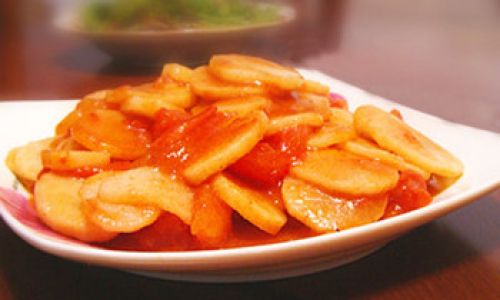
Troubleshooting Common Issues
- Mushy Texture: Overcooking is the primary culprit. Stir-fry yam for no more than 4 minutes to retain crispness.
- Bland Flavor: Amplify seasonings gradually. Add a pinch of salt or a splash of soy sauce if the dish lacks depth.
- Sticky Wok: Ensure the pan is sufficiently preheated before adding oil. A well-seasoned wok will prevent sticking.
Conclusion
Stir-fried Chinese yam is a testament to the beauty of simplicity in cooking. With minimal ingredients and technique, this dish transforms a humble root vegetable into a symphony of textures and flavors. Whether you’re a novice cook or a seasoned chef, mastering this recipe opens doors to endless culinary creativity. Experiment with seasonings, proteins, and presentations to make it your own. As you savor each crisp, aromatic bite, remember that you’re not just enjoying a meal—you’re partaking in a centuries-old tradition of nourishing body and soul.
So, grab your wok, sharpen your knife, and embark on a journey to redefine the humble Chinese yam. Your taste buds—and your health—will thank you.

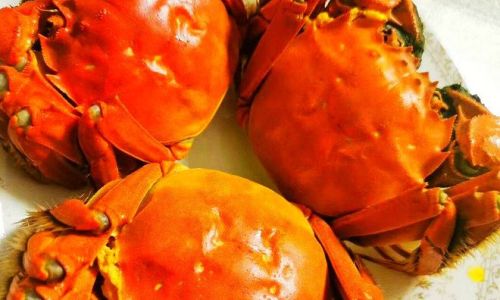

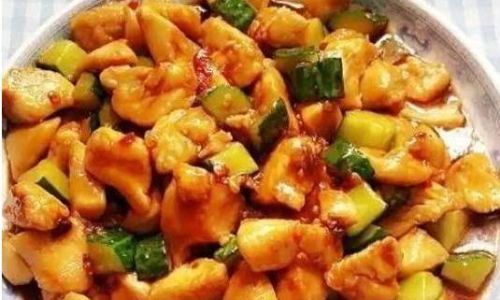
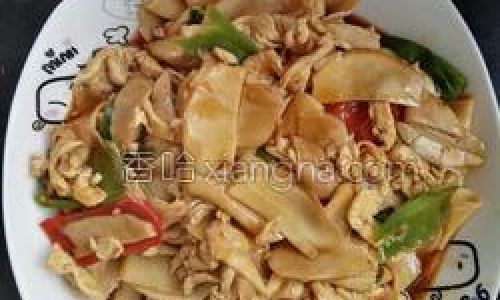
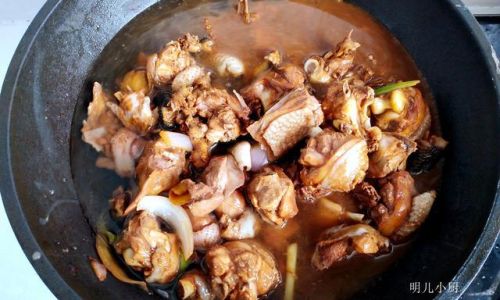
0 comments